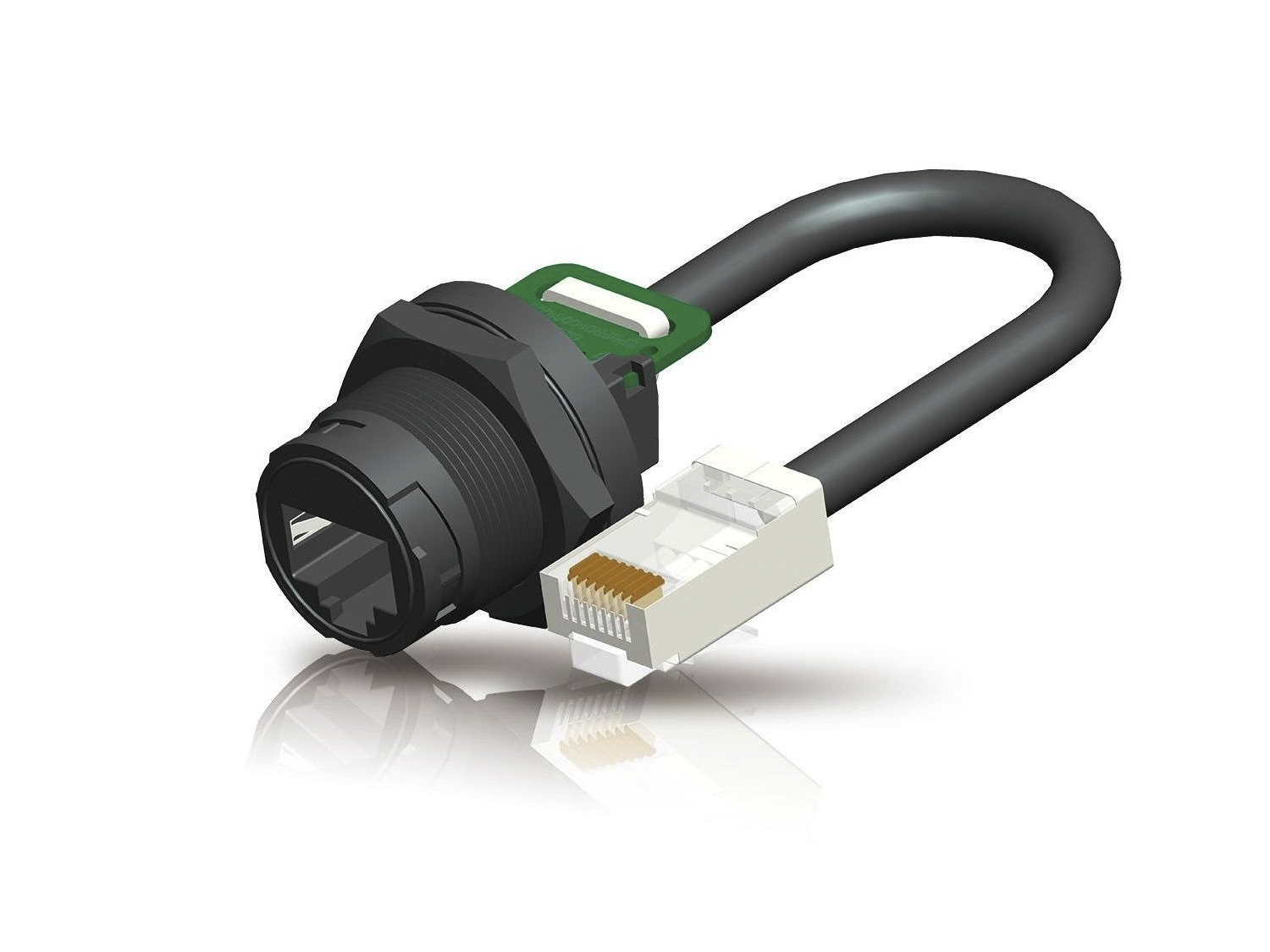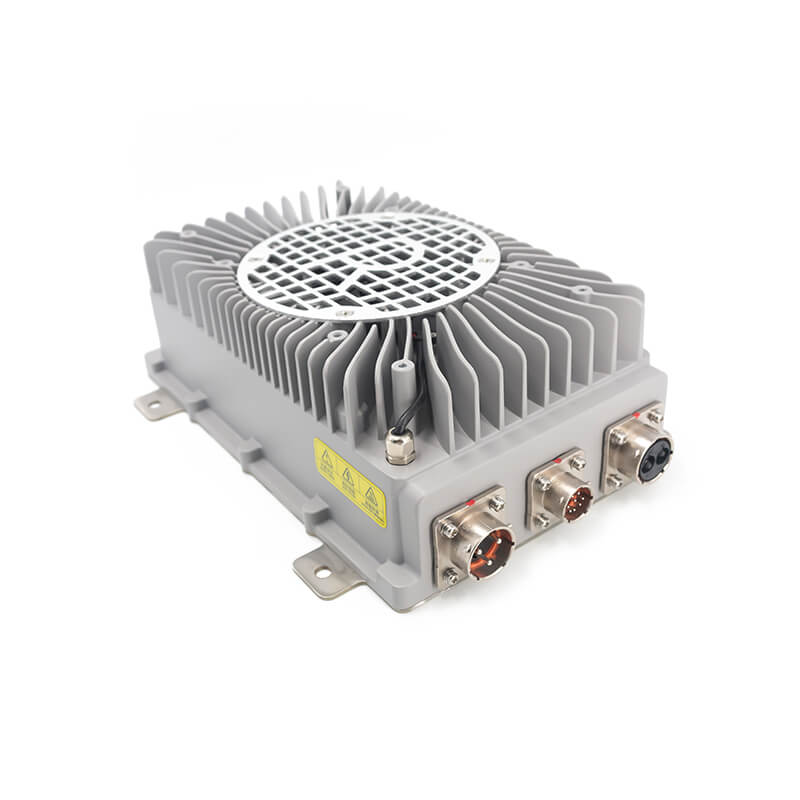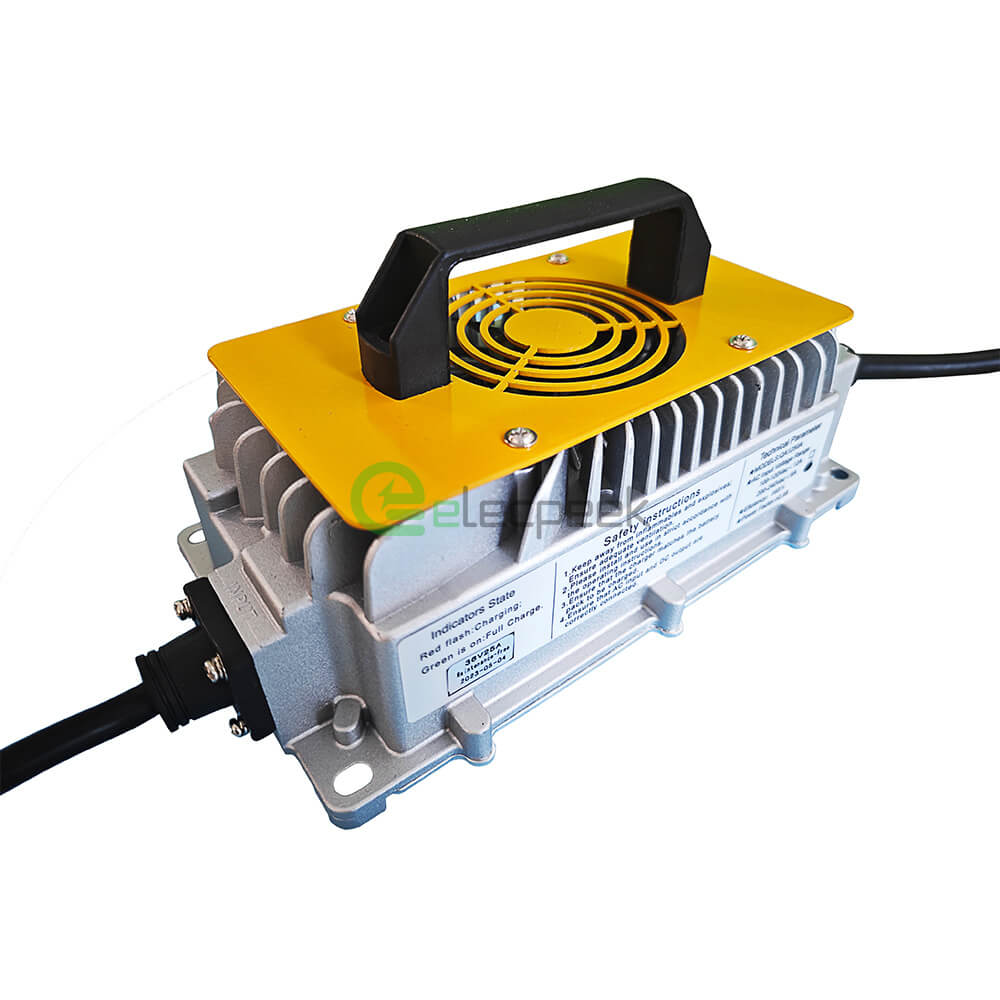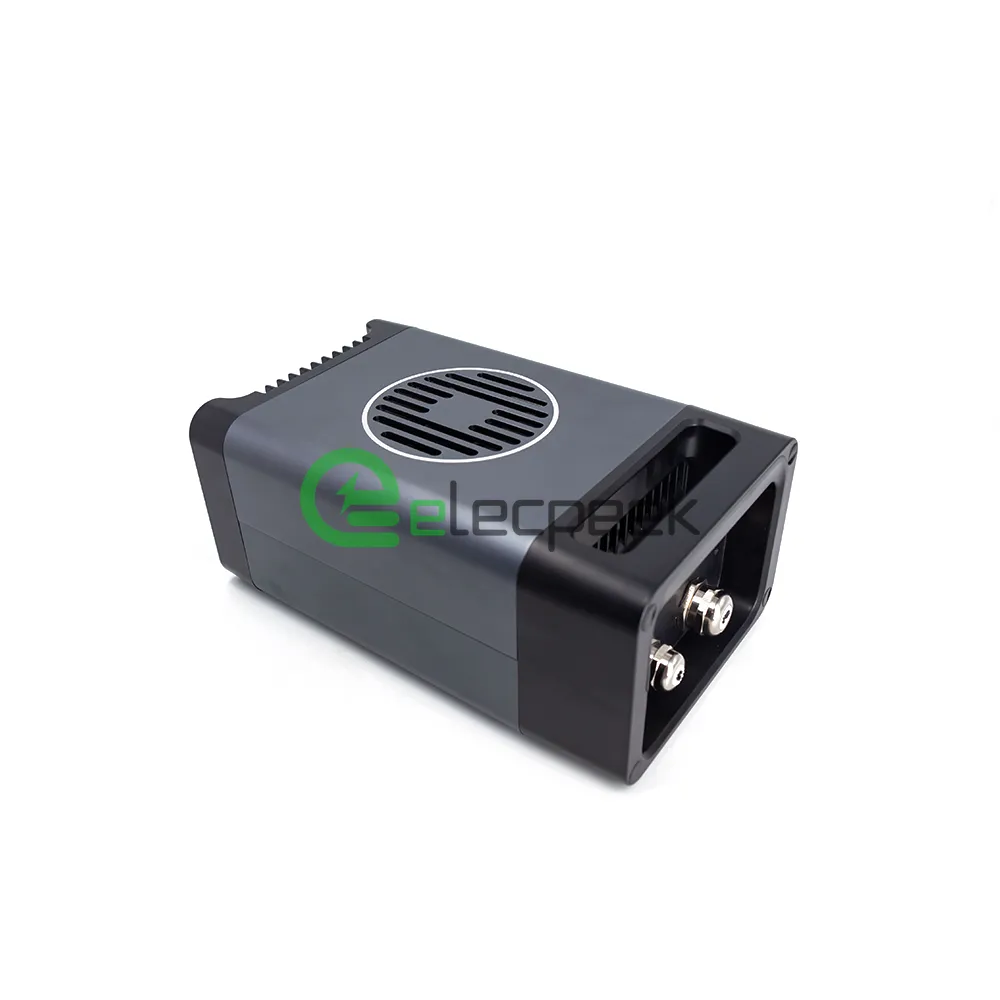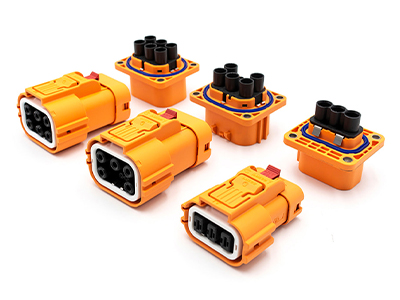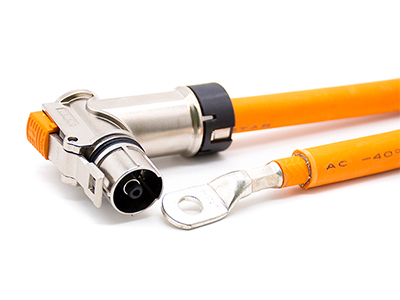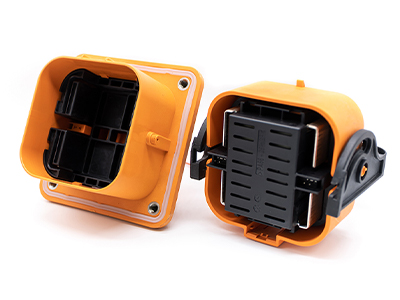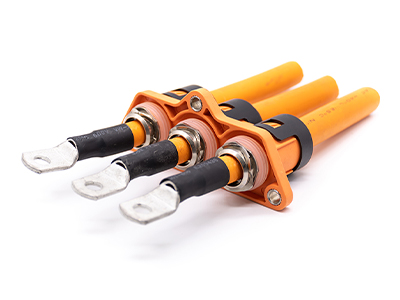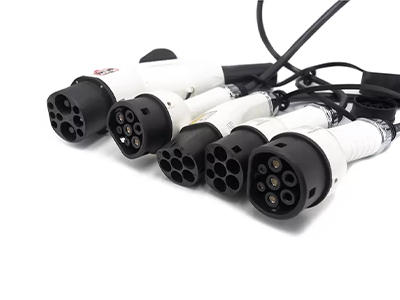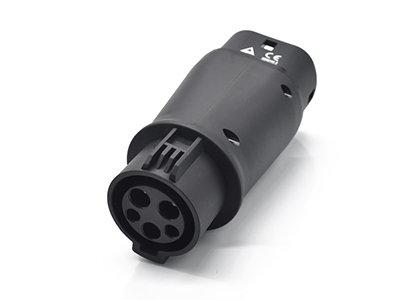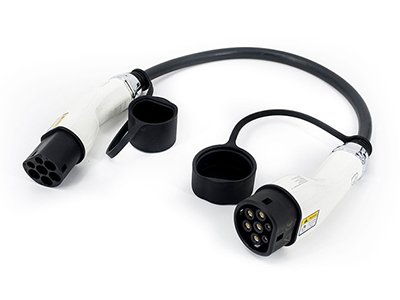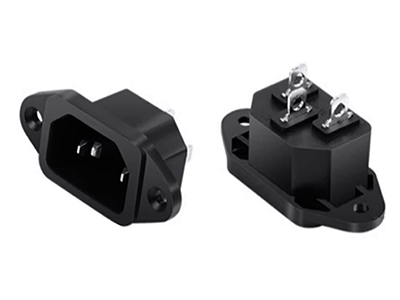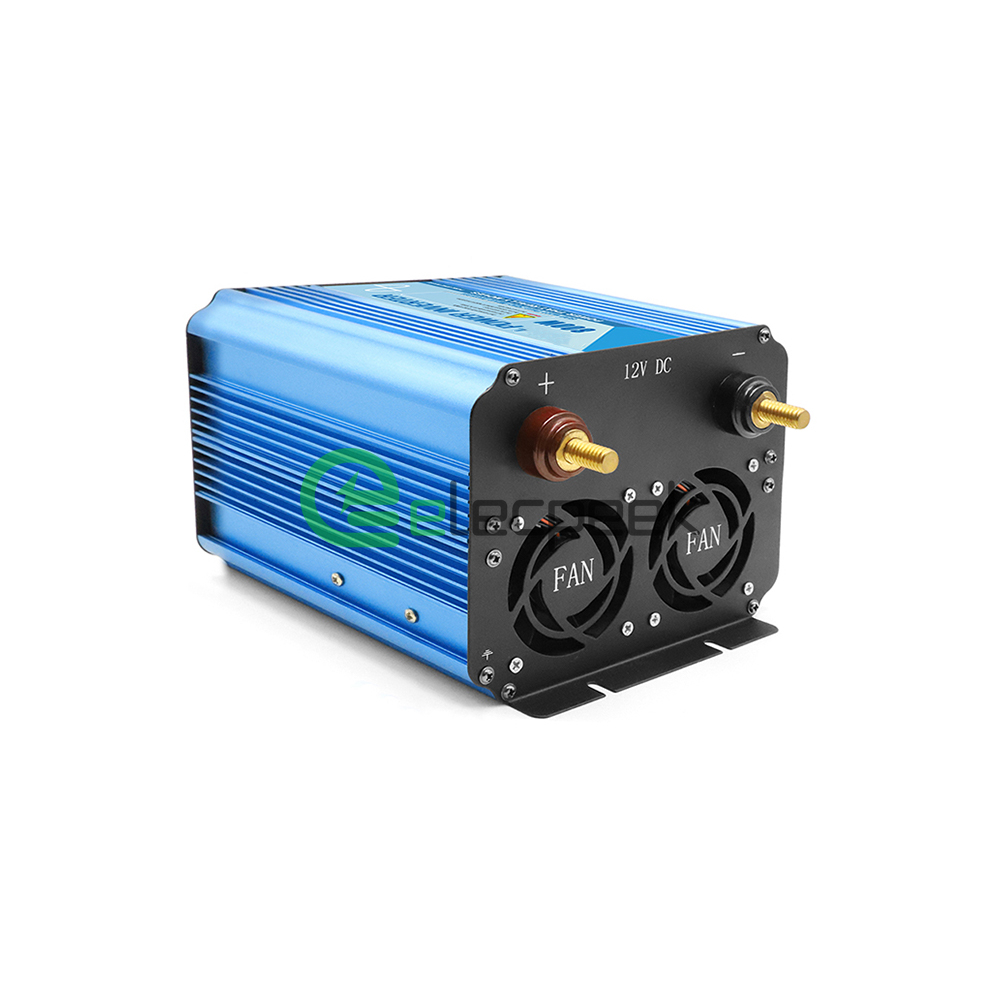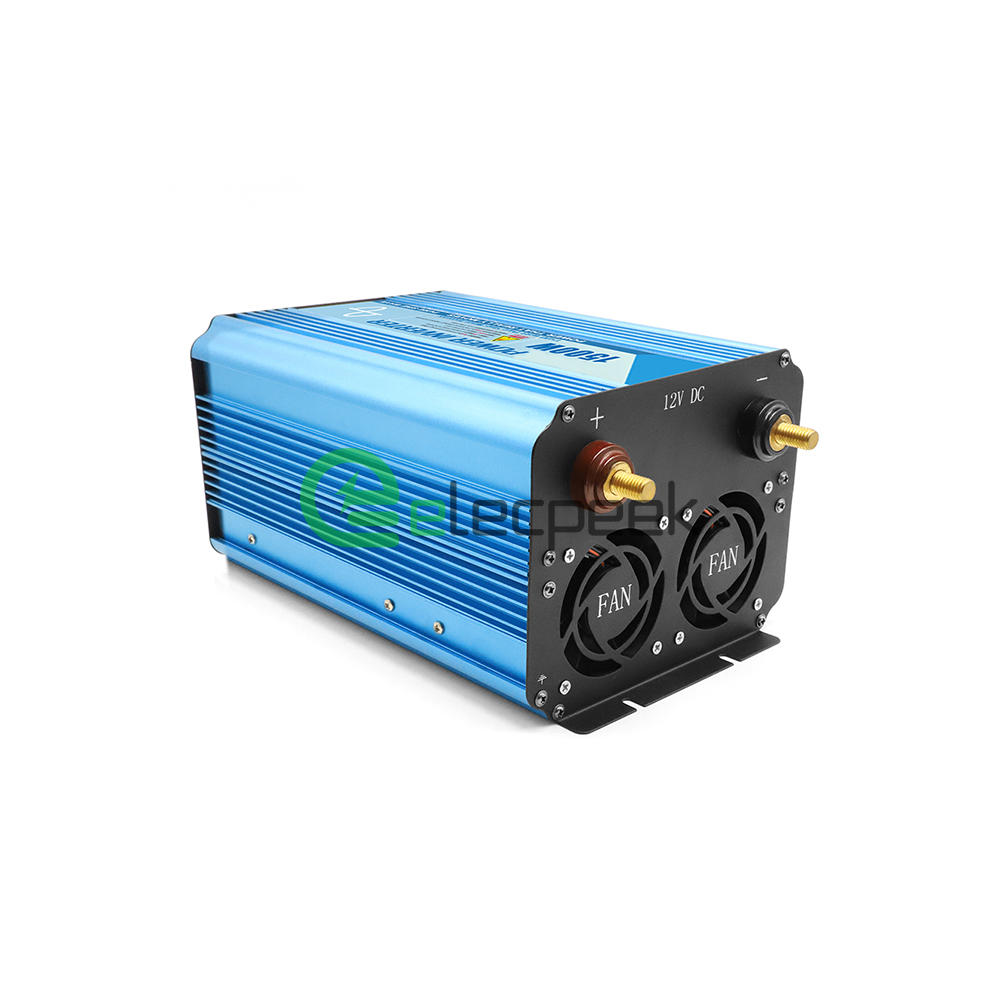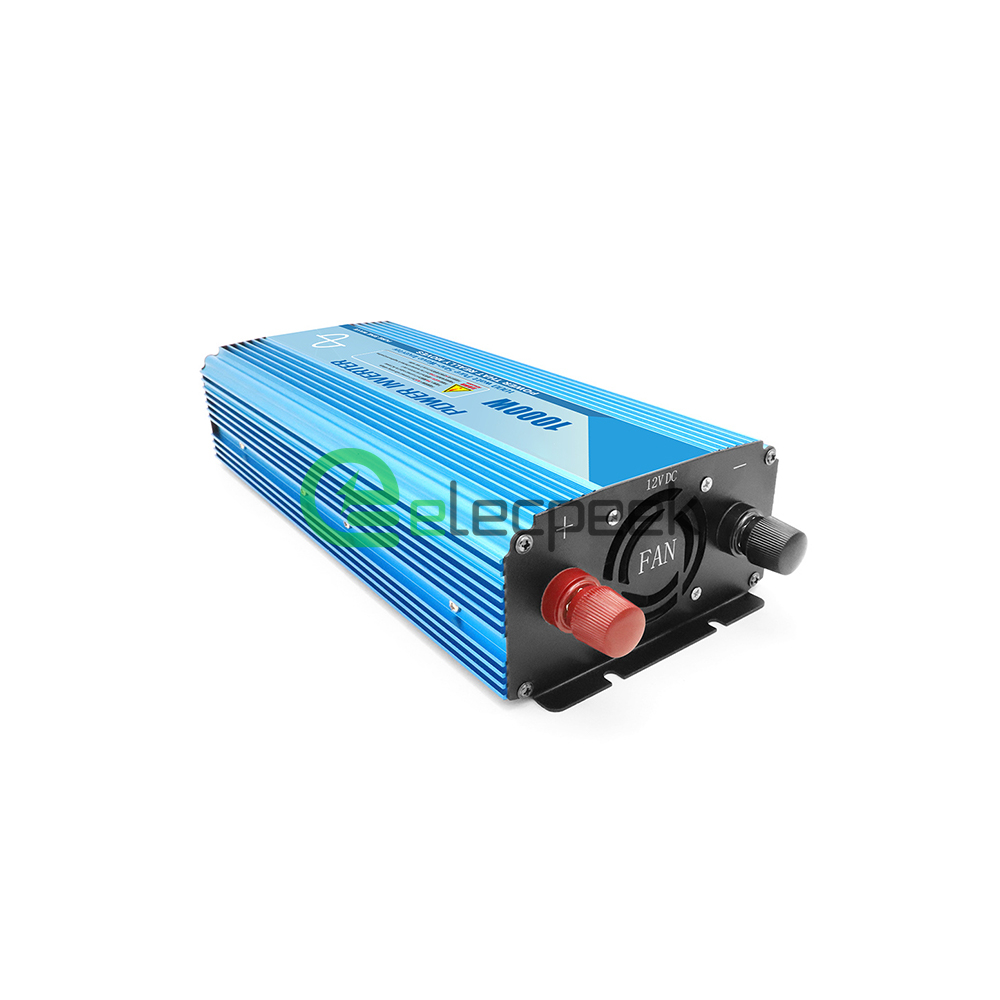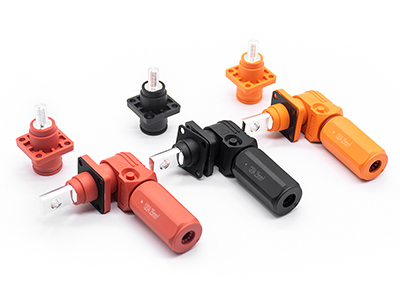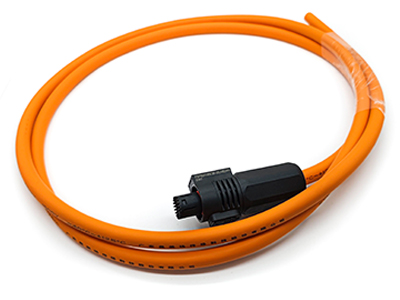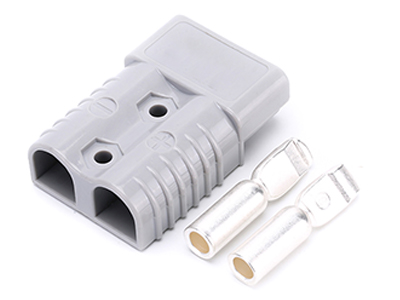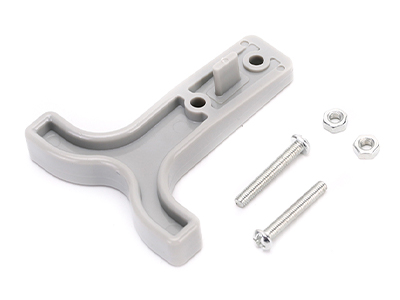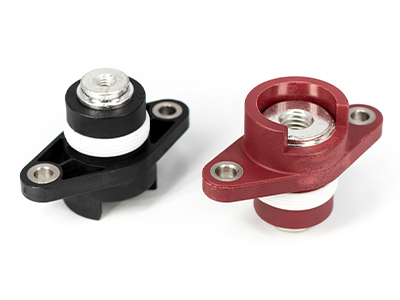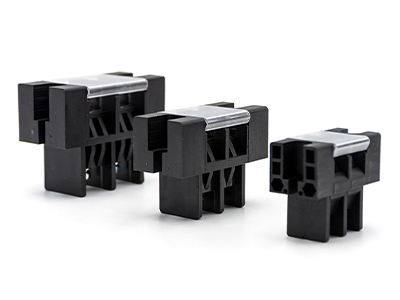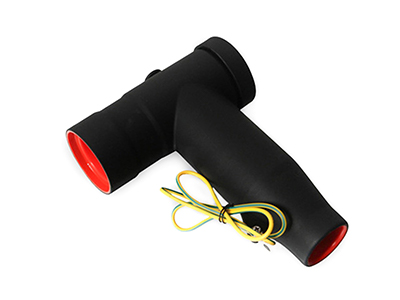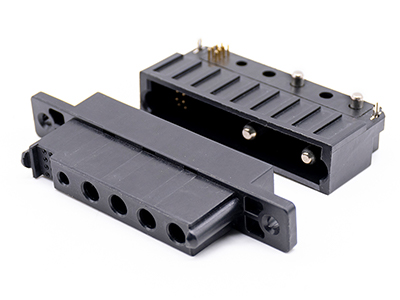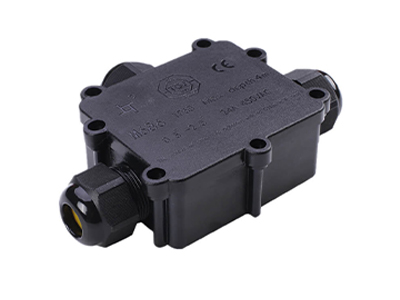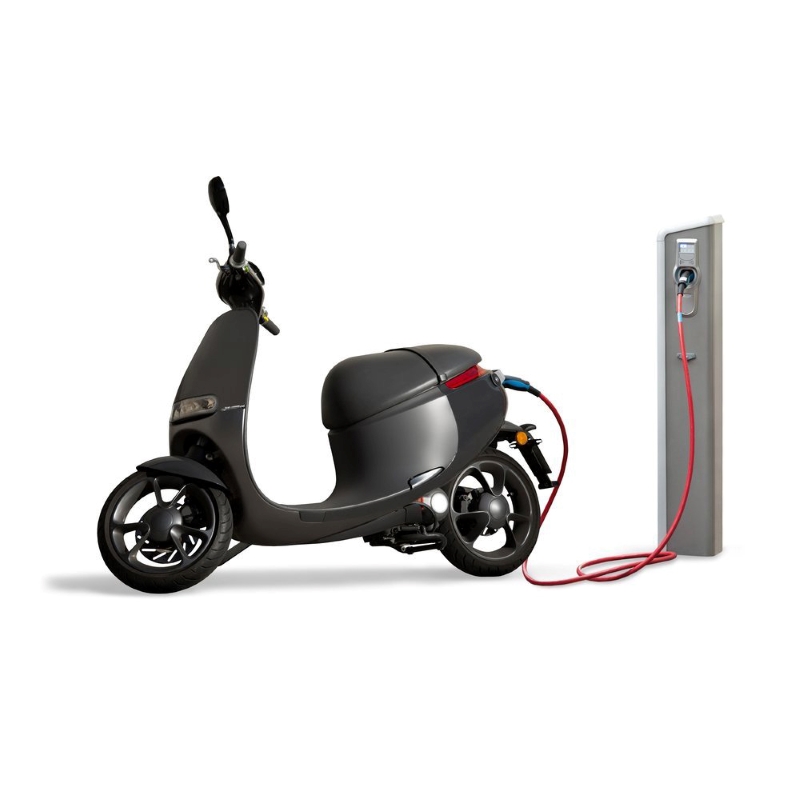News
The Definitive Guide to Your 400 Volt EV Charger Adapter Charging
With EV charging technology advancing rapidly, the 400V EV Charger Adapter provides an exciting new option for quickly charging compatible electric vehicles. This adapter allows electric vehicle owners to take advantage of the benefits of 400V rapid chargers, providing a faster and more efficient charging experience. Featuring charging rates of 50-100 kW or more, a 400V charger can add up to 100 miles of range to your EV in just 30 minutes of charging.
Understanding EV Charging Levels
Before diving into the specifics of using a 400-volt EV charger adapter, it’s essential to have a basic understanding of the different levels of EV charging. There are three main levels of charging:
- Level 1: Utilizes a standard 120-volt household outlet, providing slow charging speeds.
- Level 2: Requires 240 volts and is typically found at residential, commercial, and public charging stations, offering faster charging times than Level 1.
- Level 3: Also known as DC Fast Charging, uses a high-voltage direct current (DC) power source to provide rapid charging, usually found at public charging stations.
A 400-volt EV charger falls under Level 3 charging, providing a more efficient and faster charging experience for your electric vehicle.
Benefits of 400 Volt EV Charger Adapters
There are several advantages to using a 400-volt EV charger adapter for your electric vehicle:
- Faster Charging Times: A 400-volt charger can charge your EV significantly quicker than Level 1 or Level 2 chargers, making it ideal for long-distance trips where a quick charge is needed.
- Compatibility with High-Voltage Vehicles: Some electric vehicles, such as high-performance models, require a higher voltage for charging. A 400-volt EV charger adapter can accommodate these vehicles and provide an efficient charging solution.
- Future-Proofing: As EV technology continues to advance, future models may require higher voltage charging. Investing in a 400-volt charger adapter now can help ensure you’re prepared for these advancements.
Drawbacks of 400 Volt EV Charger Adapters
While there are many benefits to using a 400-volt EV charger adapter, there are also some drawbacks to consider:
- Higher Costs: Level 3 charging equipment, including 400-volt EV charger adapters, tends to be more expensive than lower-voltage charging solutions.
- Limited Availability: Not all public charging stations offer Level 3 charging, making it more challenging to find compatible charging locations on the go.
- Not Ideal for All EVs: Some electric vehicles may not be compatible with high-voltage charging or may not benefit significantly from faster charging times.
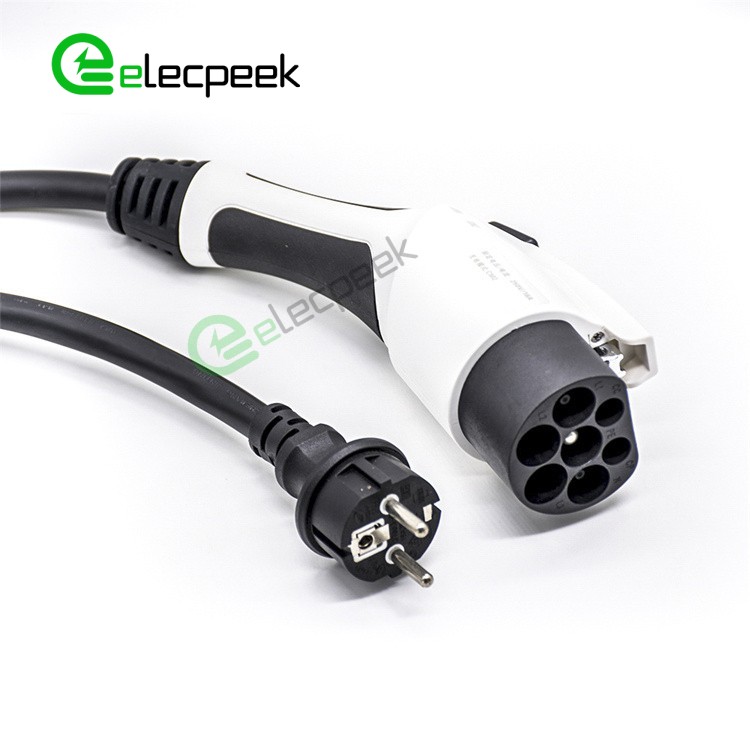
How to Charge Your Electric Vehicle with a 400 Volt EV Charger Adapter
Now that you have a better understanding of the pros and cons of using a 400-volt EV charger adapter, here’s a step-by-step guide on how to charge your electric vehicle with this powerful charging solution:
Step 1: Ensure Your EV is Compatible
Make Sure Your EV Supports 400V Fast Charging. The first step is ensuring your EV is equipped to handle 400V fast charging. Most newer EVs from brands like Audi, Jaguar, Hyundai, and Tesla support 400V charging, but you should check your owner’s manual to confirm. EVs like the Chevy Bolt, Nissan LEAF, and Tesla Model 3/Y are capable of reaching charging rates of 50-250kW which allows for much faster recharging through 400V fast charging stations.
Step 2: Locate a 400 Volt EV Charging Station
Find a public charging station that offers 400-volt charging capabilities. You can use mobile apps, websites, or your vehicle’s navigation system to locate nearby charging stations.
Step 3: Connect the Charger Adapter
Once you’ve found a compatible charging station, connect the 400-volt EV charger adapter to the charging station’s plug. Ensure the adapter is securely connected and fully inserted.
Step 4: Plug the Adapter into Your EV
Next, connect the other end of the charger adapter to your electric vehicle’s charging port. Make sure the plug is securely connected and locked in place.
Step 5: Initiate the Charging Process
Follow the instructions provided by the charging station to initiate the charging process. This may involve scanning a membership card, using a mobile app, or making a payment.
Step 6: Monitor the Charging Progress
Keep an eye on your EV’s charging progress by checking the vehicle’s display or using a mobile app. Be aware that charging times will vary depending on your vehicle’s battery capacity, the current state of charge, and other factors.
Step 7: Disconnect the Charger Adapter
Once your EV has finished charging or reached the desired state of charge, disconnect the charger adapter from your vehicle’s charging port and the charging station’s plug. Make sure to properly store the charger adapter and close any charging port covers on your EV.
Safety Tips
When charging your EV using a 400-volt EV charger adapter, follow these safety tips:
- Always follow the manufacturer’s instructions when using the adapter and charging your EV.
- Do not use a damaged or faulty adapter.
- Do not touch the adapter or charging cable while charging your EV.
- Do not charge your EV in a wet environment.
- Keep the adapter and charging cable away from heat sources.
Wrapping Up
400-volt EV charger adapter is an excellent addition to your toolkit, providing faster charging times and high-voltage vehicle compatibility. Follow guide to use it effectively and keep EV charged. Weigh benefits and drawbacks, ensure compatibility before investing. Stay informed on latest advancements for best EV ownership experience.


